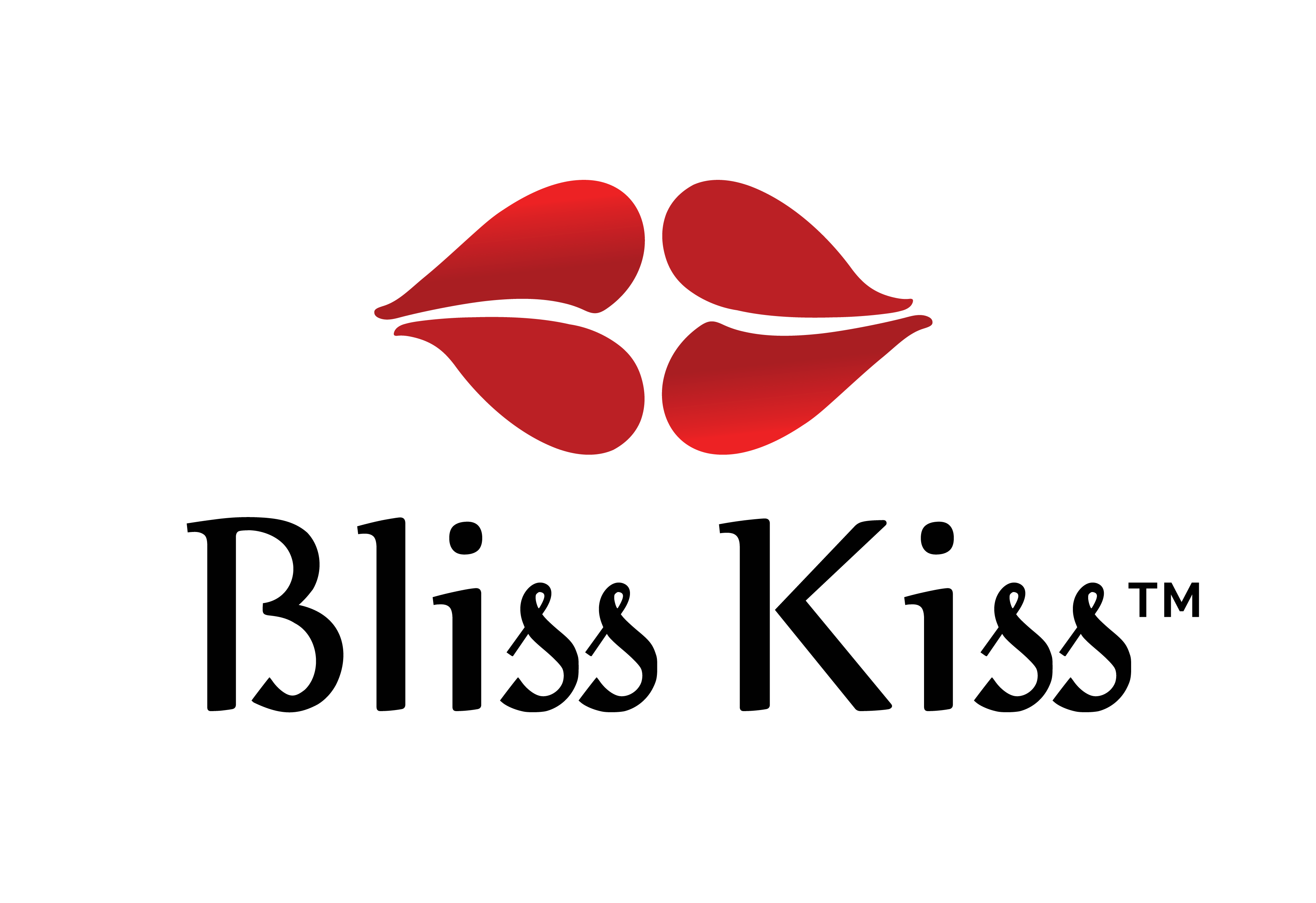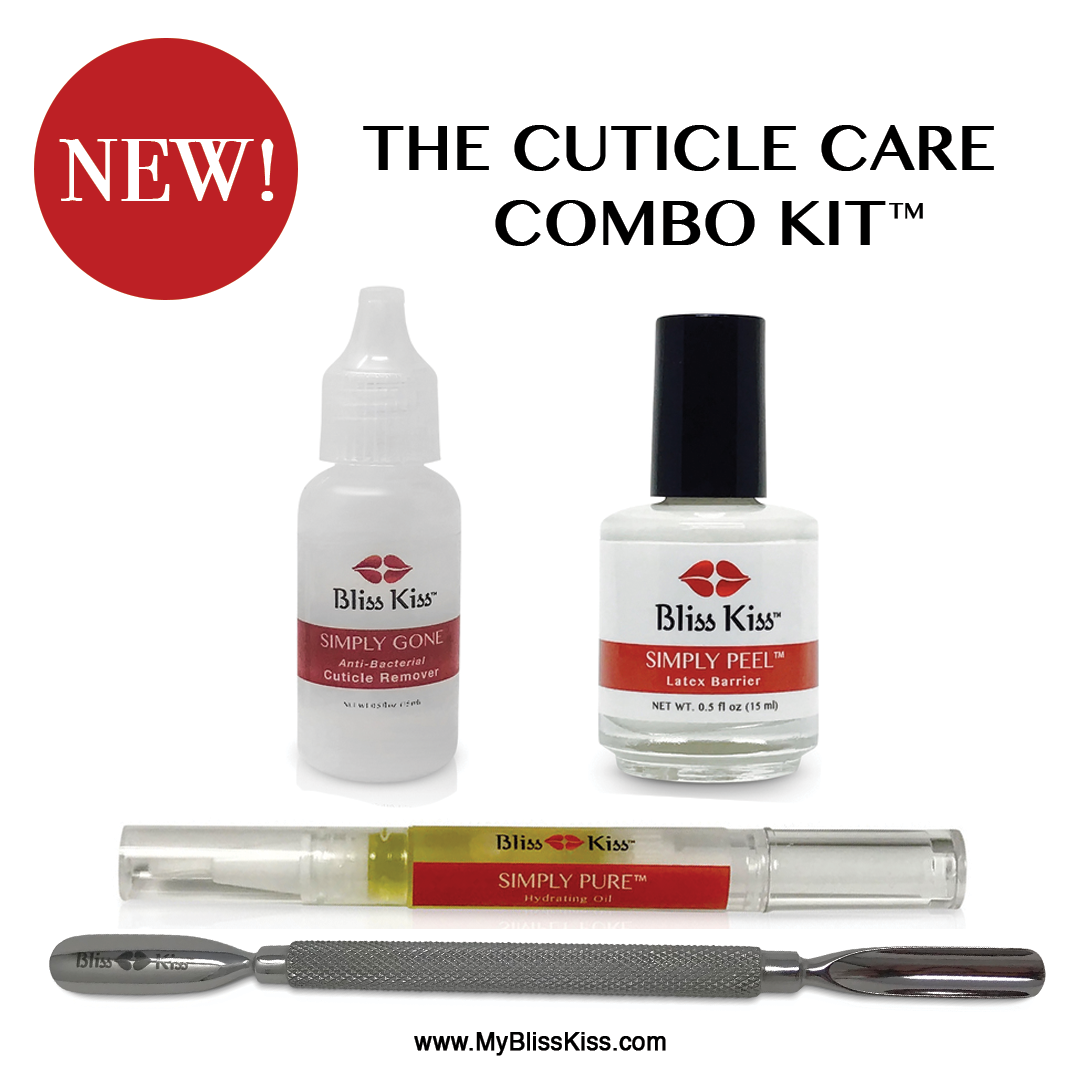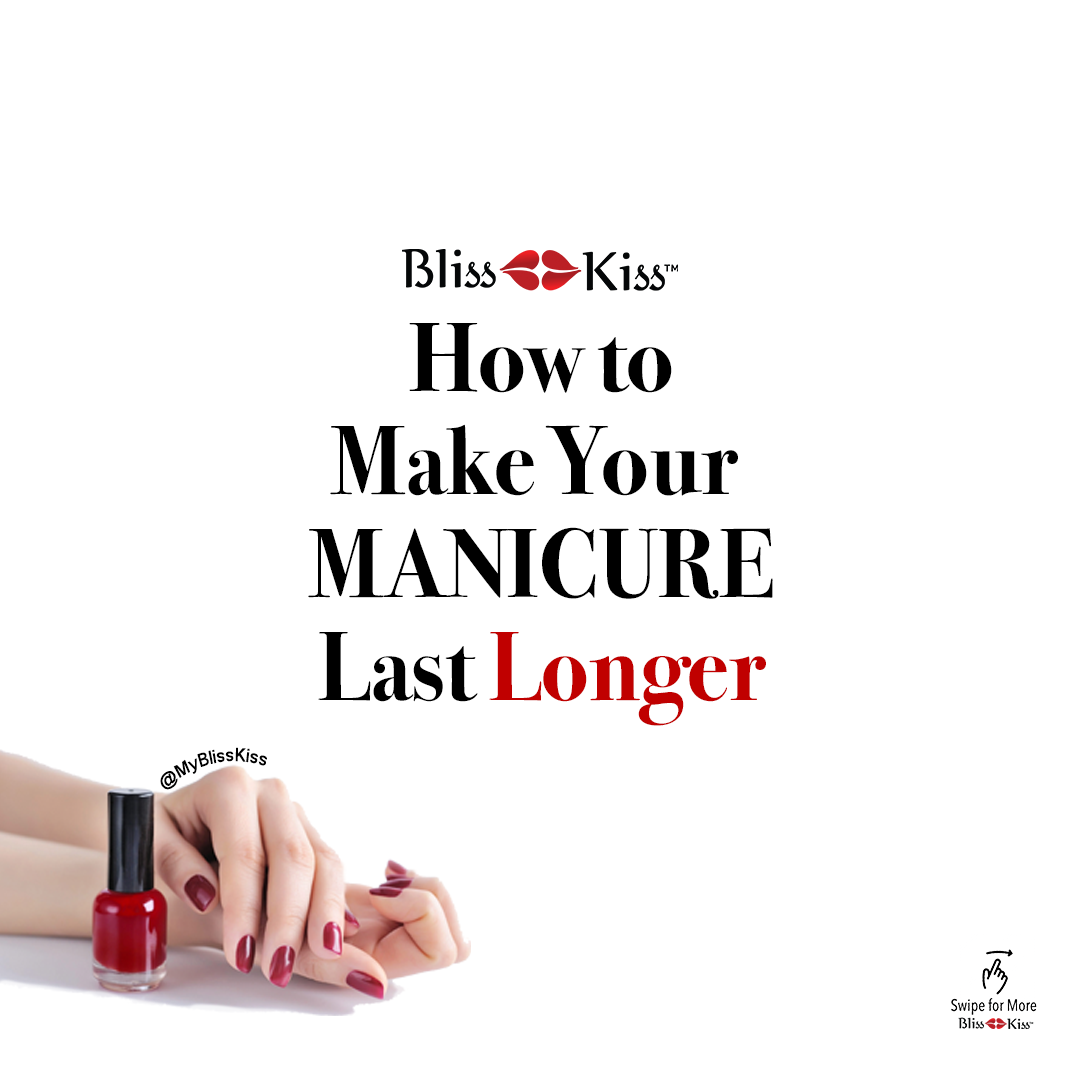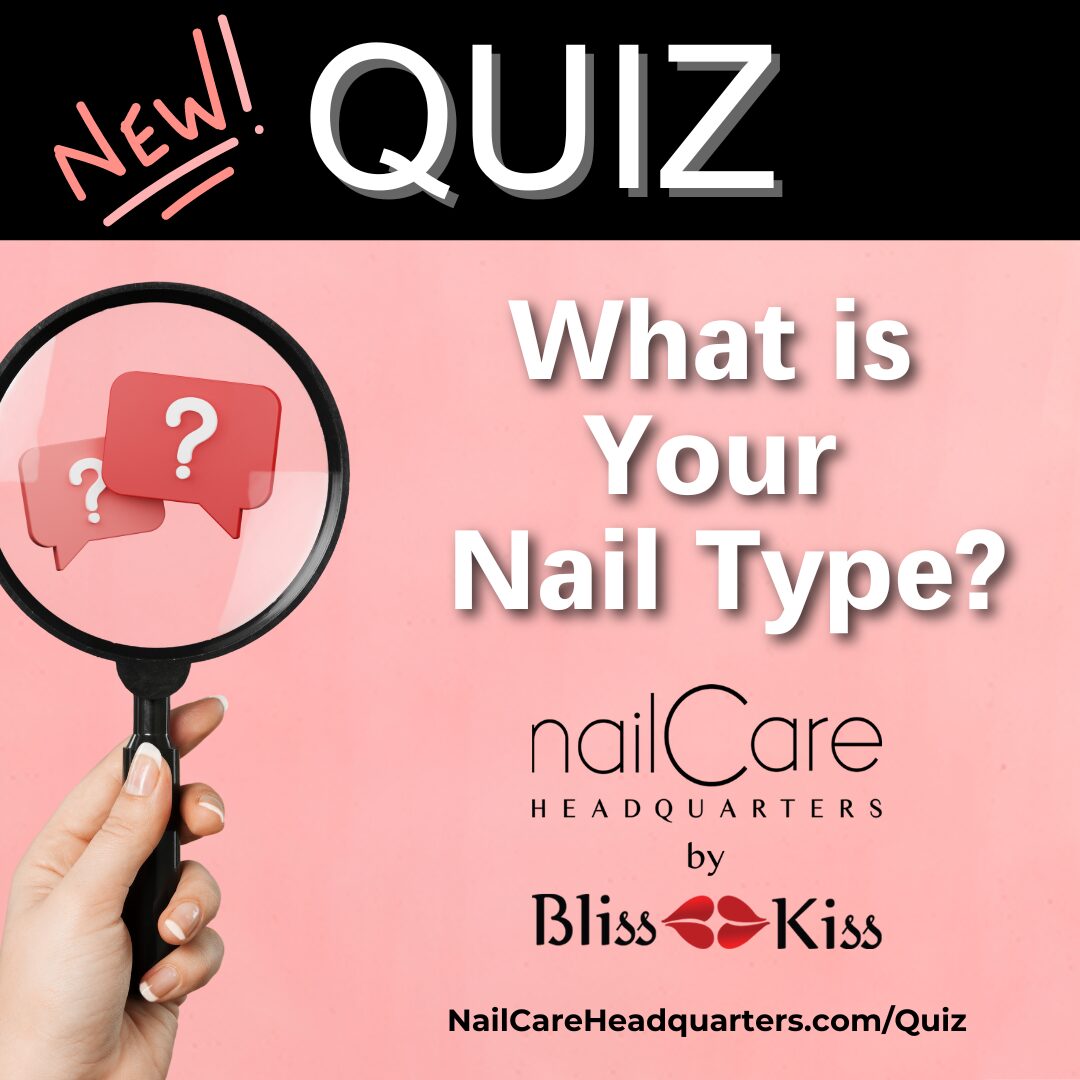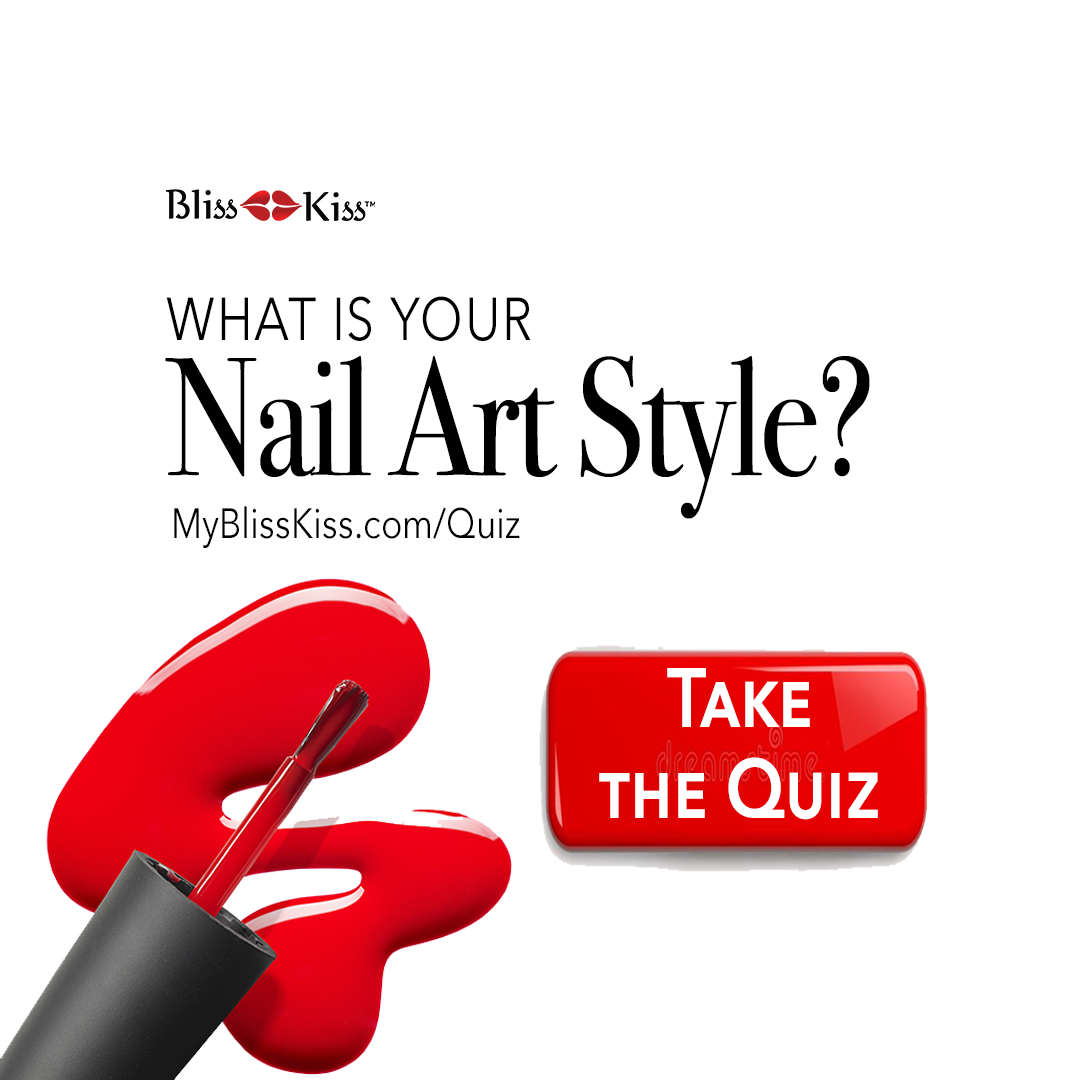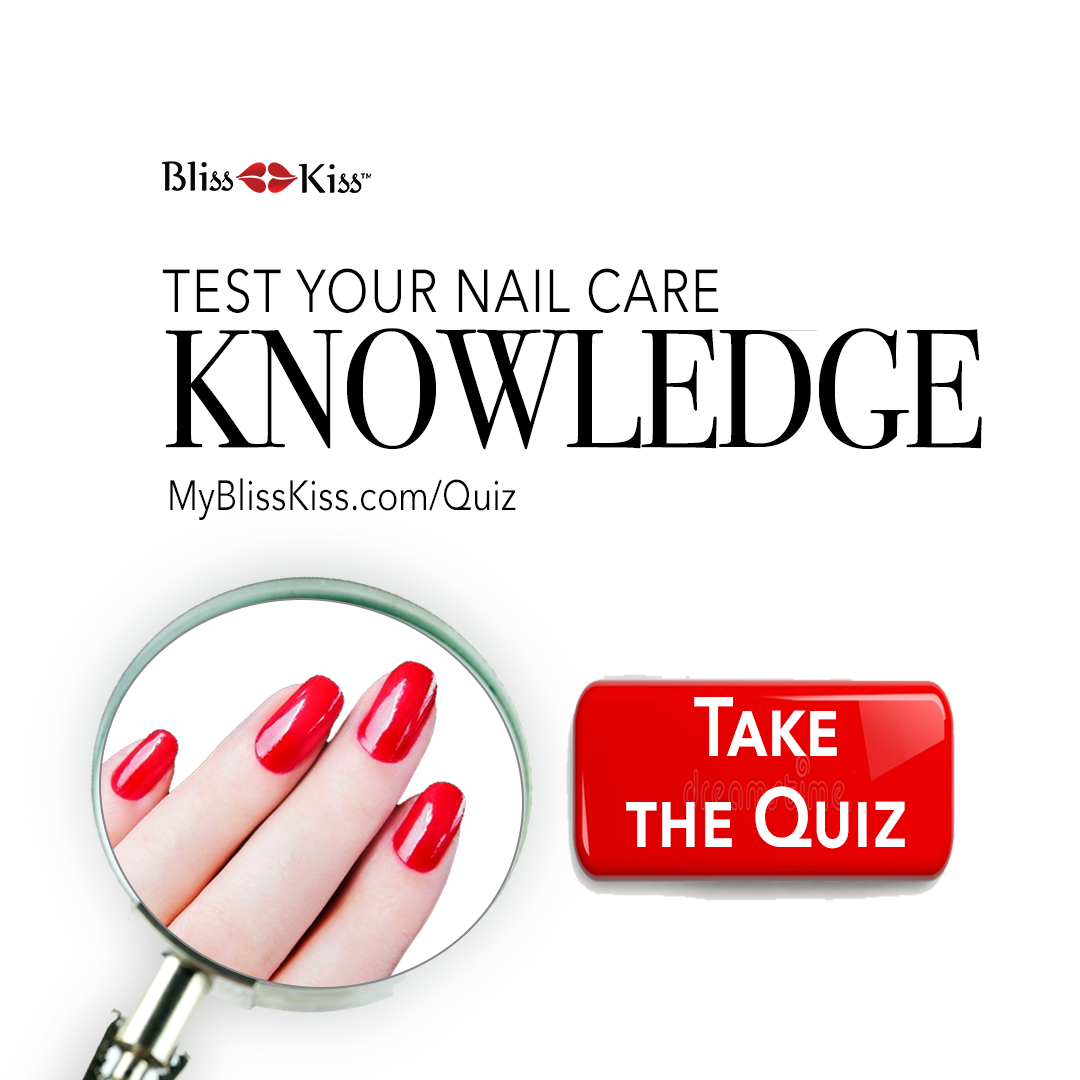Article: The Cuticle – Should You Clip, Push, or Scrape?
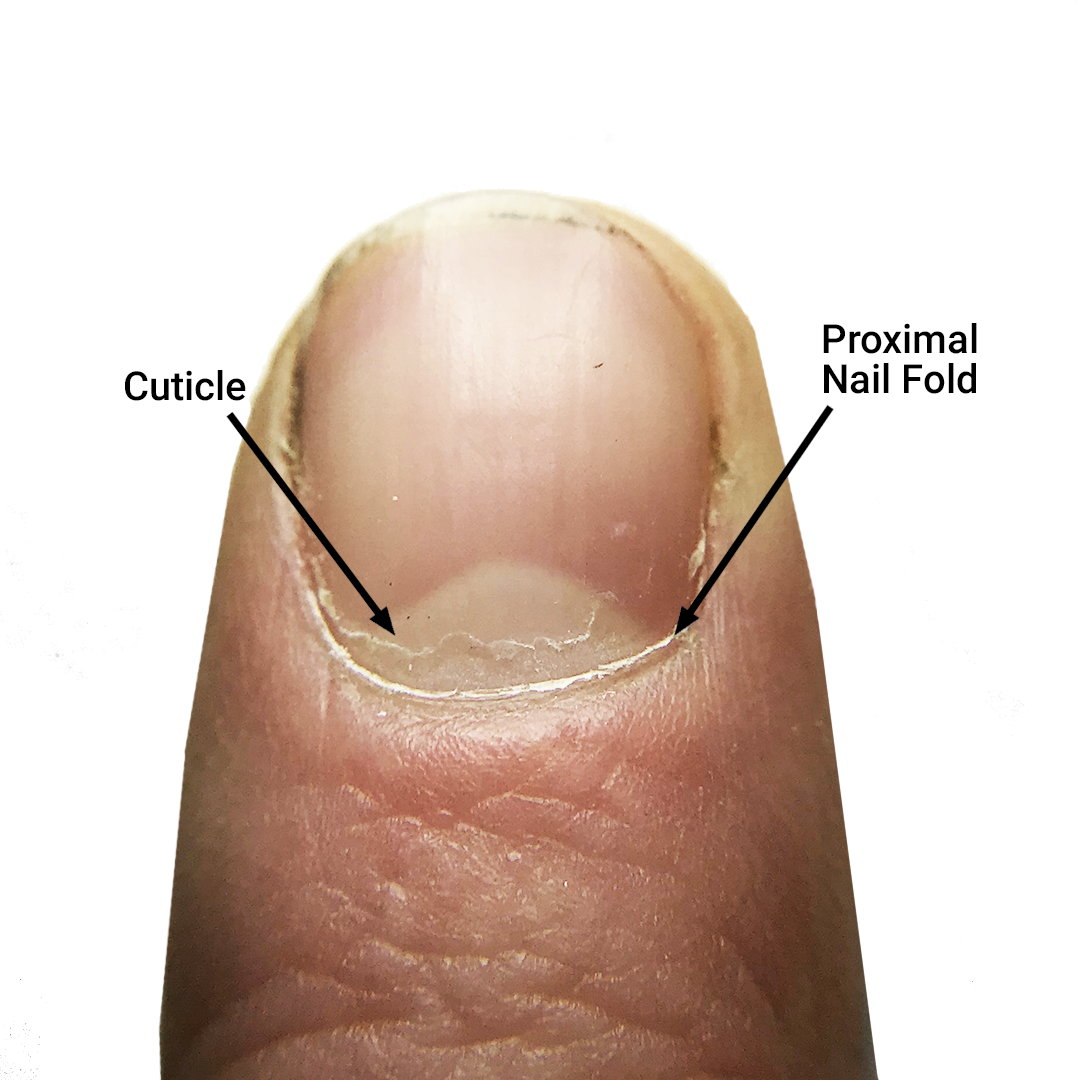
The Cuticle – Should You Clip, Push, or Scrape?
What is it?
Where is it?
And what the heck are we supposed to do with it?
I will answer all of these questions and more about this really important nail care topic.

We’ve Been Duped
The entire planet has been taught the incorrect definition for the “cuticle”.
The tight band of skin at the base of your nail plate is NOT the cuticle.
That band of skin is called the “proximal fold of the eponychium” or “nail fold”.
In human anatomy, cuticle (sometimes confused with eponychium) refers to several structures. It refers to the layers of epidermal cells or keratinocytes that produce the horn protein keratin, and also to the superficial layer of overlapping cells covering the hair shaft (cuticula pili) that locks the hair into its follicle (See also Cuticle (hair). ~http://en.wikipedia.org/wiki/Cuticle
So where is that elusive cuticle if what we’ve been taught is incorrect?
The cuticle is a thin layer of dead tissue riding on the nail plate to form a seal between the nail plate and eponychium to prevent pathogens from infecting the matrix area.
The cuticle pulls away from the underside of the eponychium and attaches tenaciously to the nail plate.
The cuticle should NOT be confused with the “eponychium”. ~Doug Schoon, Nail Structure and Product Chemistry
The Proximal Fold of the Eponychium
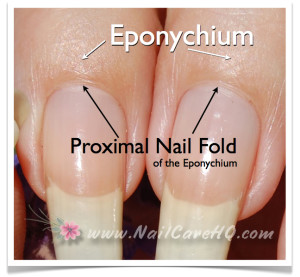
Healthy Proximal Fold
Please, please, please…DO NOT CUT THIS SKIN!
The proximal fold is a required guardian seal that prevents germs and bacteria from getting to the nail matrix, where new cells are created.
I always know when girls and women are clipping and nipping. Their entire cuticle line is red and inflamed. Basically, their eponychium is infected all the time.
If you go to a salon for a manicure, do not ever let your nail tech cut this skin.
The best way to keep this skin soft and tight to the nail plate is with a high quality, jojoba wax ester based penetrating nail and cuticle oil.
Where Does The Cuticle Come From?
How the cuticle is created is fascinating to me and sounds like it should be painful.
But it isn’t.
The Death Grip
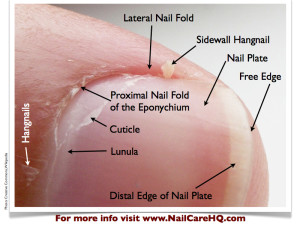
CLICK PICTURE FOR LARGER DETAIL (or zoom in on your phone)
The eponychium is living skin that covers approximately 20% of the nail plate, right over the the matrix.
The eponychium is a very important guardian seal preventing germs and bacteria from getting into the matrix.
Not surprisingly, the tissue that sits upon the nail plate is very different from the visible eponychium.
The underside of the eponychium nail fold has a strange, sticky texture. This is why it is so important to NOT dig a tool underneath the nail fold.
As the nail cells are created and pushed forward, the nail plate literally rips the bottom layer of eponychium cells with it.
It is these cells that are the cuticle.
Cuticle cells also tightly grip the proximal fold of the eponychium. This creates a nice, tight guardian seal.
For some people, the proximal fold releases from the cuticle on it’s own.
For people like me, that death grip is too strong. My cuticle will pull the nail fold and stretch it out very thin.
In the photo above, you can see both examples. One half of the proximal fold has released on it’s own and the other half is still being stretched.
Most people can’t see their cuticle since the skin is so thin, but this photo captured it perfectly.
Breaking the Cuticle’s Grasp – Push Back
Should you push back your proximal fold?
I do (very gently with my other nail when I'm in the shower), but it’s completely up to you.
When you release the grip, your proximal fold is able to stay nice and tight. As long as you don’t push too hard with your fingernail, the healthy seal under the eponychium stays in tact, and your matrix stays healthy.
You don’t ever want to push so hard that your fingernail or tool goes under the proximal fold.
My Experiment
I did an experiment to figure all of this out. I stopped pushing back my nail folds for 3 weeks to see what would happen.
The proximal folds were stretched an additional 3 millimeters! I also started getting those painful, thin hangnails that tear and bleed on my eponychium.
When I released the nail folds from the cuticle, the skin remained stretched out.
Within 24 hours that skin was drying out and I had a strong desire to clip it.
Ah-ha!
I had finally figured out why people clip their proximal folds!
Geeky…but that was an exciting discovery for me. Since I’ve always pushed back my proximal folds, I’ve never had the desire to clip before.
I started oiling and massaging that skin several times a day. Within a week my proximal folds were back to normal and looking beautifully healthy.
The Solution?
Simply use your fingernail to gently push back the proximal fold to break the death grip about every 4 to 7 days.
If your nails are really short, you can use an orange wood stick. Just be gentle.
If you keep your skin hydrated with a high quality, jojoba wax ester based penetrating nail and cuticle oil, then it will be easy to push back your nail folds.
This can also be done in the shower. Just make sure you are wearing one coat of base coat when showering.
Many of my readers know that my #1 Rule is “Never Shower Naked”.
Proper Cuticle Removal
Since polish and nail enhancements don’t bond to skin on the nail plate, the cuticle should be properly removed with gentle scraping.
Again, some people are able to scrape the cuticle off with their fingernail in the shower.
Others like to use a cuticle remover.
How Cuticle Removers Work
The best ingredient to dissolve human protein cells is “lye“. You’ll also find it labeled as potassium hydroxide, sodium hydroxide, or caustic potash.
Lye is largely used in the soap making process. All cuticle removers contain lye.
Personally, I love using a cuticle remover. Some people hate it.
Currently, I use the Sally Hansen™ remover that looks like a blue gel. Another favorite of many nail artists is Blue Cross™.
I’ve used Blue Cross™ and I don't care for it for 3 reasons: It’s too watery, it eats my live skin, and causes those tiny strips of shredded skin below the proximal fold. You can see some of those hangnails in the photo farther up in this article.
Lye Dissolves All Skin
The cuticle is dead skin.
The eponychium is live skin.
Cuticle removers have no preference.
The directions on all cuticle removers tell you to apply it to only the nail plate, and do not let it touch your skin.
As many of you know, that is easier said than done.
I have much more control with a cream or gel type of remover. Watery removers wick all around on your fingertip skin.
What’s In Your Toolbox?
Orange wood stick?
Plastic cuticle tool?
Or metal cuticle tool that follows the curve of your nail plate?
Doug Schoon prefers that people use the orange wood stick. I think it’s most likely because the metal tool is widely abused.
If you use too much downward pressure near the proximal fold, you can cause damage to the matrix. This damage is often seen as white spots in the nail plate. These are nail bruises.
Personally, I like the metal, spoon shaped tool. It’s faster.
As a busy mom and business woman, I don’t often get the luxury to do my nail care the slow way. I also use the tool correctly, which I explain in more detail below.
I was recently looking through my nail photographs to find one with those white bruises. I’ve been photographing my naked nails for 3 years and not one has any white spots! I was lucky enough to borrow one from a friend.
Depending on your budget, try different tools to see what you prefer.
The Solution?
For two years I have been looking for a solution to the strong, dissolving power of cuticle removers without damaging my skin. And I finally found it.
Simply cover your skin with a layer of a latex barrier like Bliss Kiss™ Simply Peel, or watered down white glue (25%/75%) if you have a latex allergy.
Let it dry and then you are free to apply cuticle remover safely.
From Start to Finish
- Apply your skin barrier and allow to dry.
- Apply the remover following the manufacturers directions.
- Using a cuticle removal tool–gently, gently, gently–scrape back and stop right at the proximal fold. Glide the tool against the surface of your nail plate. The remover solution will have dissolved the cuticle so downward pressure is unnecessary.
- The cuticle will build up on the back of the remover. Wipe that onto a paper towel.
- Turn the tool 90 degrees to your your nail plate, and slide the tool along your proximal fold to scoop away the remaining cuticle and remover.
- Once you are finished, remove the barrier and rinse your hands with water.
In Conclusion
I hope you’ve found this article helpful. For all of my loyal readers who have been patiently waiting, I’m sorry it took so long to write it.
Just remember, with all of your nail care and nail enhancement product use… if it hurts… stop.
Remove Your Cuticles the RIGHT Way for Healthy Nails
- It is extremely dangerous to cut proximal folds (cuticles) because they protect the nail matrix where nail cells are created.
- Cuticle cutting, removing dead or live skin with a drill is also very dangerous.
- AVOID from Dry Manicures/Russian Manicures.
The dead cuticle skin needs to be removed with the correct tools.
